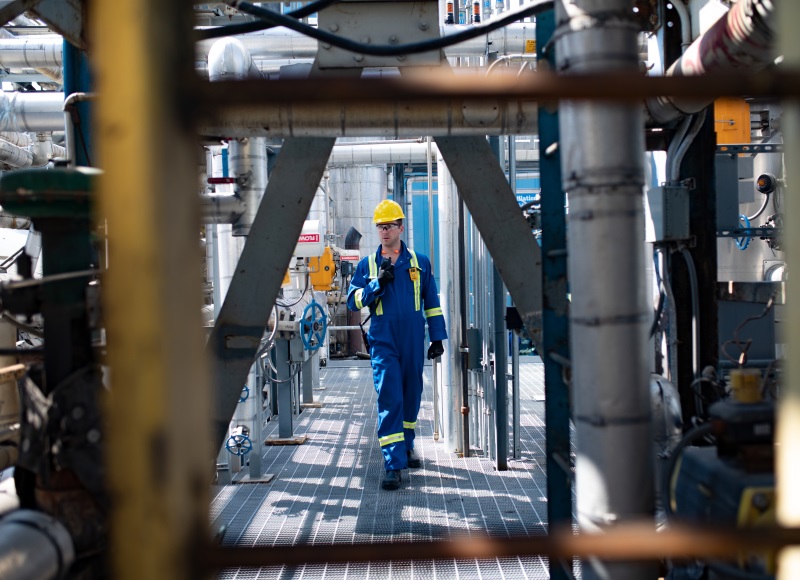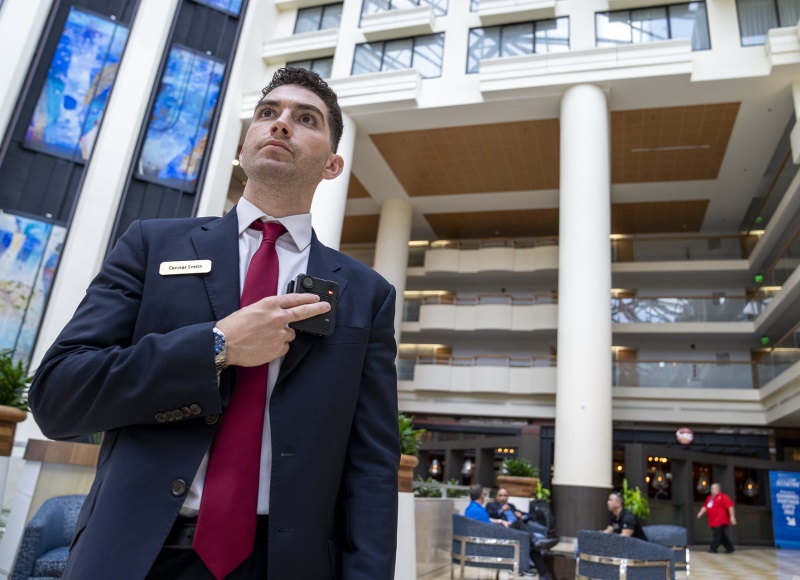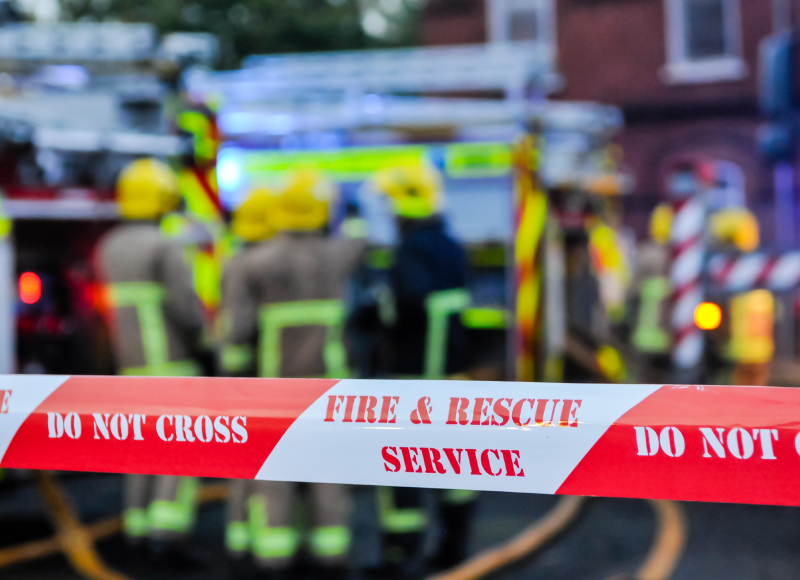

When firefighters are in the field they frequently endure physical attacks and verbal abuse, and such occasions have resulted in hospitalisation. Although some attacks are premeditated, research indicates that many of them happen without warning.
An overwhelming majority of firefighter attacks, fire engine and fire service equipment vandalism and arson occur in underprivileged areas of major cities. However, every local Fire & Rescue Service can experience such incidents from time to time.
Body worn cameras can provide valuable intelligence to assess risk before an incident occurs and are particularly useful in high-risk situations where there is a strong likelihood of attack or altercation. Unfortunately, body worn cameras are not currently being used frequently enough to protect our first responders from these kinds of attacks despite the fact that their use has been shown to reduce violence.
What impact does abuse have on firefighters?
All work related violence, both verbal and physical, have serious consequences for employees and for the organisation. During the period 2015-2021, there were more than 5600 attacks recorded on firefighters. In 2021 alone:
- Attacks on firefighters in England rose to 934 from 899.
- 18% of these attacks involved objects being thrown at firefighters or appliances.
- Attacks resulted in 54 injuries, with 39 listed as serious.
Verbal abuse is the most common type of attack recorded nationally, accounting for 57 percent of incidents recorded by fire services since 2010/11.
However, it must be noted that these recorded figures only reflect operational attacks (999). Assaults also occur during fire prevention work, or by members of the public approaching employees in/around fire station.
Not only is there a physical threat, but these attacks pose a mental health threat for firefighters as well. Although physical attacks are obviously dangerous, constant verbal abuse can cause stress and anxiety to firefighters. Consequently, this may have a negative impact on the work environment and service.
NFCC call for use of body worn cameras
Without misinterpretation, video evidence gives a clearer picture of what transpired without bias.
In 2020, the National Fire Chiefs Council (NFCC) released a statement calling for all UK fire services to use body-worn cameras. Following a spate of mindless attacks on crews, footage was shared by first responders revealing their experiences with members of the public on NFCC’s social media channels.
NFCC Chair Roy Wilsher stated on the video: “I know that Chief Fire Officers in every UK Fire and Rescue Service care about the health and wellbeing of all firefighters, I know it is something each of them takes very seriously.
I would urge them to think about body worn camera technology to help to protect their crews. The cameras can be a superb operational aid when it comes to debriefing incidents, but they can also record assaults and bring those attacking firefighters to justice.”
Bottom line on body worn cameras for firefighters.
Motorola Solutions Fire and Rescue Survey (FRS) survey exposed the feeling of vulnerability. The results reported:
- Over 50% say they regularly feel unsafe, with only 14% feeling safe all the time.
- 21% of respondents stated that accurate recording of events is the most pressing issue, while 18% point to the inability to share real-time information with colleagues.
- 83% do not have access to body worn cameras, with only 15% use a BWC.
It is clear from the results; many firefighters want greater protection from physical and verbal attacks. Body-worn cameras can have significant benefits on the frontline, capturing not only compelling and verified evidence to support a criminal investigation by visually identifying individuals or groups, but also serving as a primary or secondary source, supporting two-way radio communications.
In addition, by recording live feedback, operational commanders have better insights and are able to make decisions much more quickly with a better understanding of the situation.
Furthermore, BWV can build confidence by enabling self-assessments in real-time, help investigators review reactions in a situation, provide valuable insight for risk assessment in high-risk situations, act as a deterrent to antisocial and aggressive behaviour, and offer better training for firefighters by providing a collaborative training module with pre-defined outcomes.
In Summary
While it’s logical that the future will involve an increased amount of body worn cameras being deployed as incidents increase in number and severity, the core issue they address are supporting both safety protocols and the mental and physical well-being of your firefighters.
When implementing new strategies, specific criteria must be taken into account and implemented to guarantee effective use of body-worn cameras. At Radiocoms, our mission is to partner with our clients to help them manage safety challenges that range from staff training to field work.
You can learn more about body worn cameras and Radiocoms here. Alternatively, please email sales@radiocoms.co.uk or call 033 3939 022.
Read more
Let’s start a conversation
If you would like further information, or to discuss your requirements onsite:
Book An Appointment | Arrange A Quotation | Call 033 3939 0022








